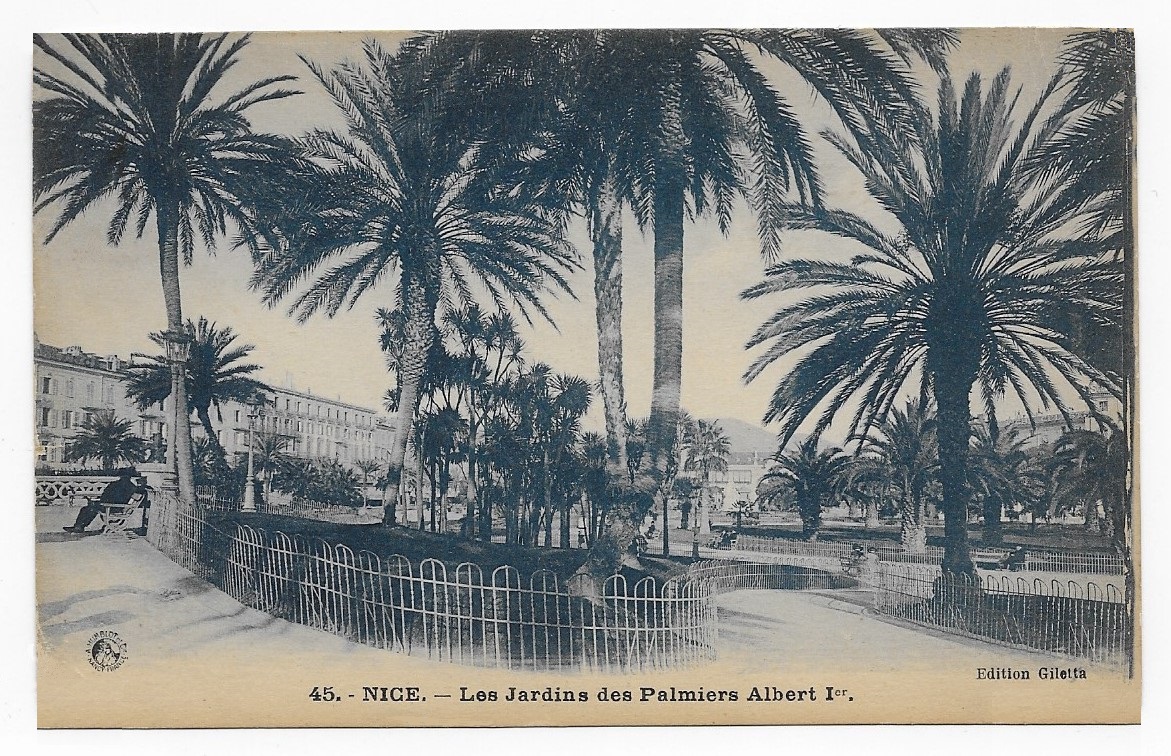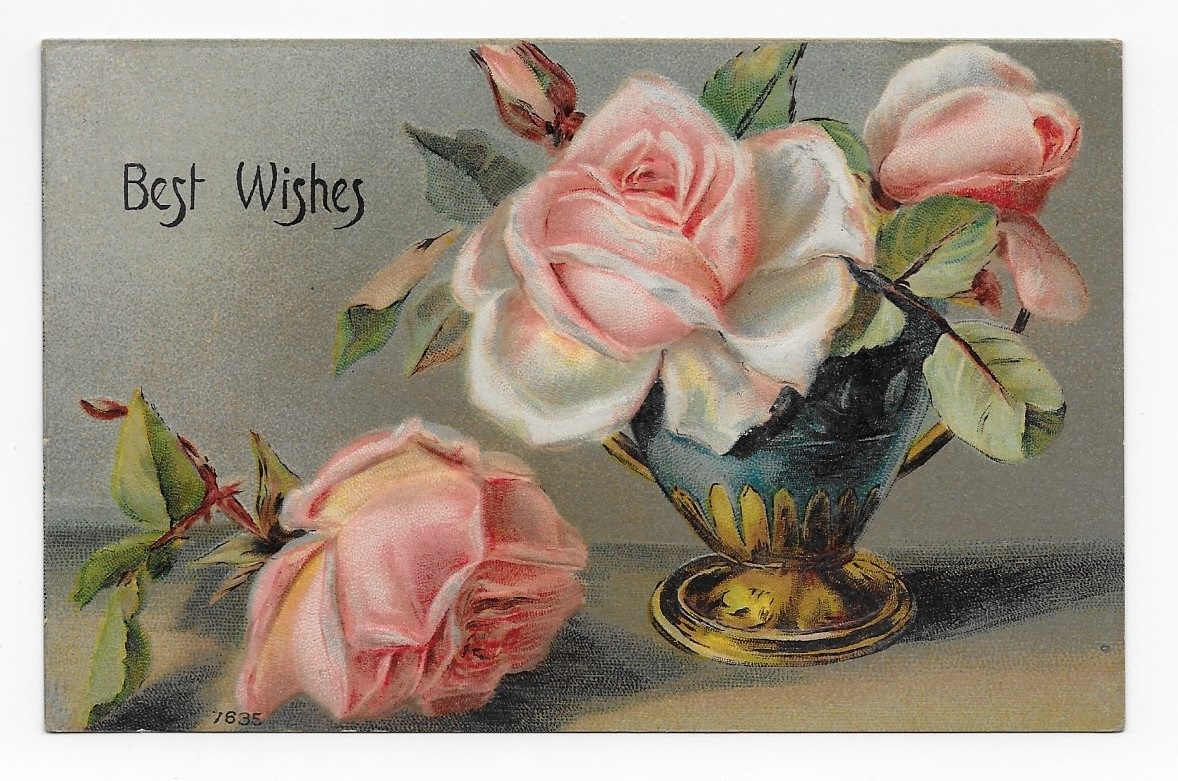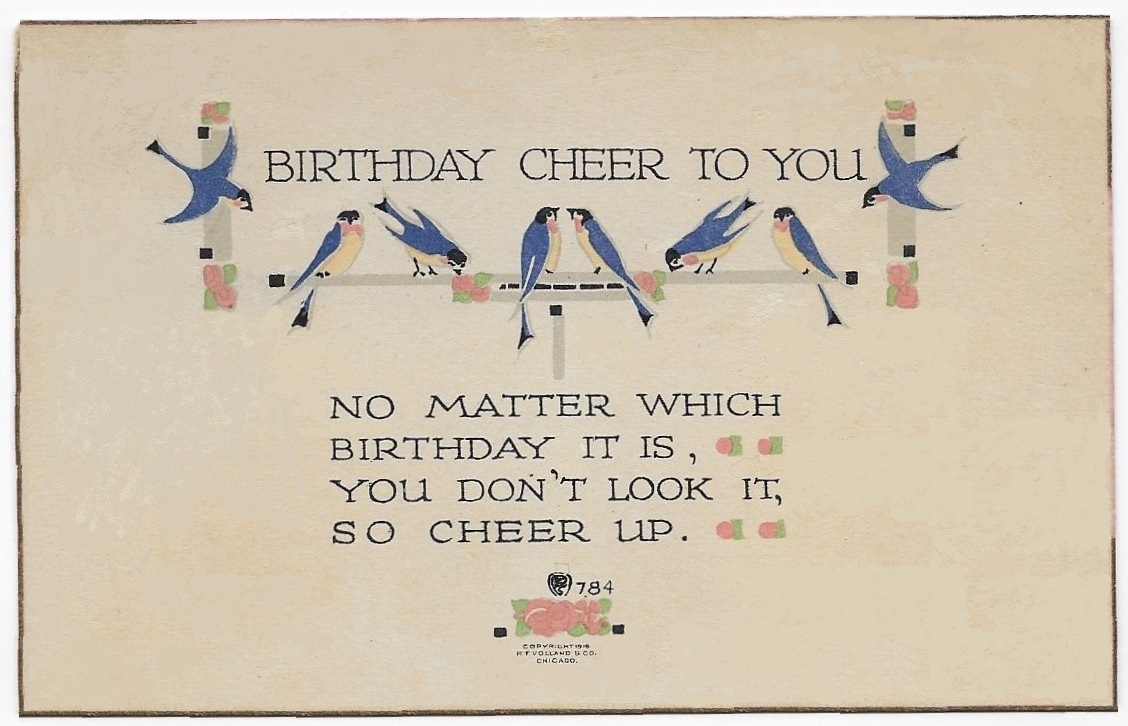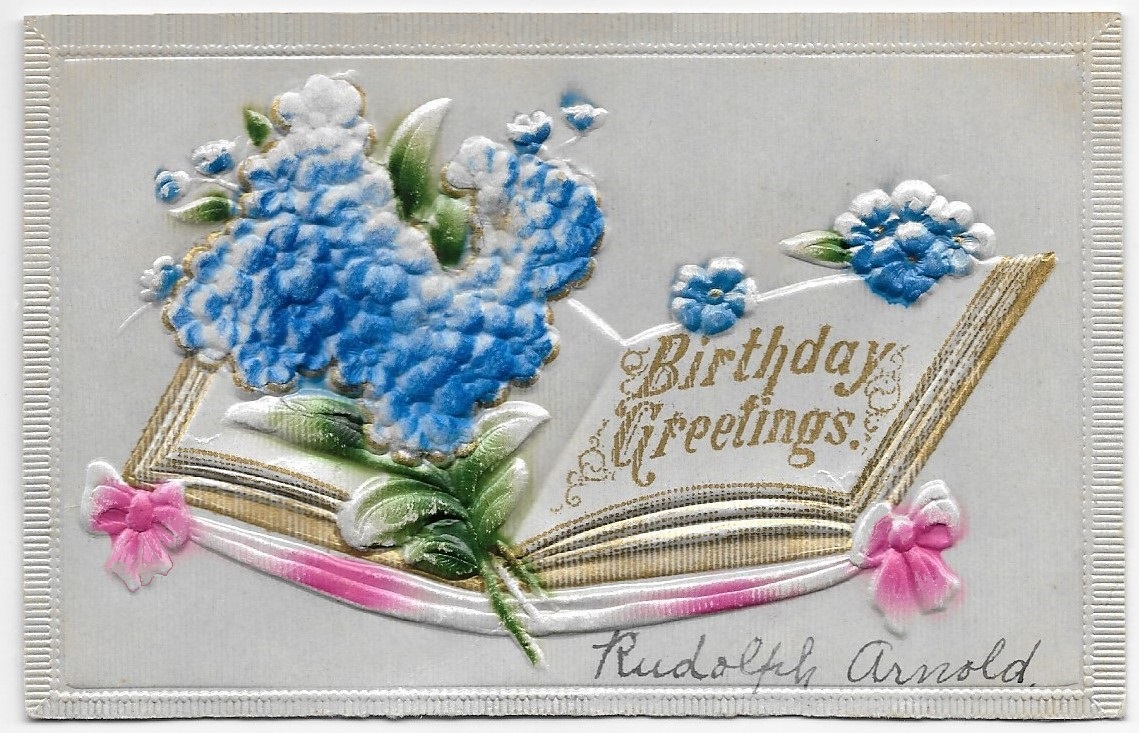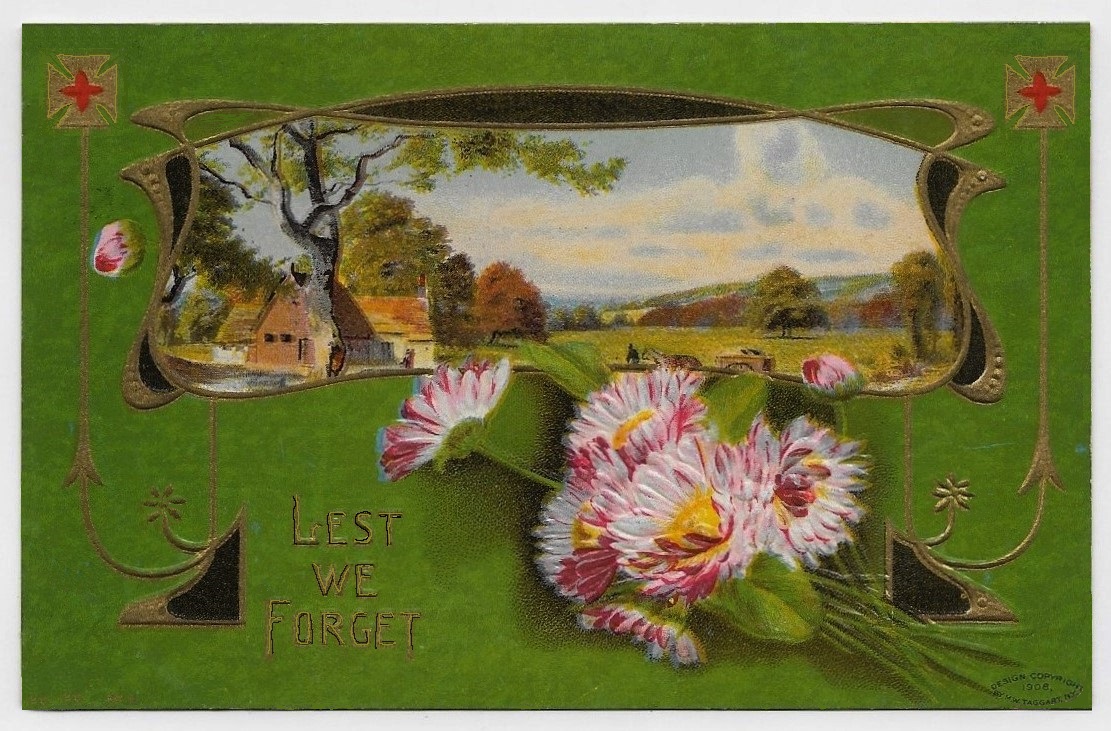Mrs. L. E. McCauley was in Atlantic City, New Jersey – staying at the Eastbourne Hotel.
The Eastbourne was a motor inn, one of many that appeared in the 1920’s as automobile ownership became common.
https://www.digitalcommonwealth.org/search/commonwealth:x920gb60p
In January of 1922, Mrs. McCauley received a postcard photograph from her niece.
The niece, May, was vacationing in Nice, France.
Nice, the gracious city on the French Riviera, reflects a long history – established originally as a Greek colony circa 350 B.C.
In the 19th century, Nice attracted wealthy English visitors – and one of the chief Avenues is still named, “Promenade des Anglais”.
https://en.wikipedia.org/wiki/Nice
The face of the postcard is a photograph of the Palm Gardens (Les Jardins des Palmes) that had been established in the 19th century by Albert 1st – King of Belgium.
https://www.seenice.com/activities/reserves/le-jardin-albert-1er
The postcard photograph was published by the studio of GILETTE in Nice.
This uncolored photograph does not do justice to the magnificence of the place.
Below, one can see another view of the Palm Gardens that is shared by the Metropolitan Office of Tourism in Nice.
On the reverse of the postcard, May acknowledges the recent receipt of a letter from her Aunt.
May admits that Nice is “attractive”, but she finds “the weather is terrible”.
(As the aunt is spending January in Atlantic City, one wonders what weather these travelers expected to enjoy.)
Fortunately, May reports that “our hotel is warm and comfy.”
The party has been to the Opera twice, and is going again today.
(The Opera de Nice that May visited is a magnificent structure erected in 1885 to replace an earlier structure that was destroyed in a gas explosion.)
https://en.wikipedia.org/wiki/Op%C3%A9ra_de_Nice
May has found some delightful fellow-travelers, Mr. and Mrs. Parker.
The friends, “go shopping together” and they are planning train trips to nearby places.
May notes that there are “Many Americans in town”, which reflects the large numbers of Americans who traveled abroad after World War I.
In closing, May expresses sorrow at the death of Mr. S.
She adds (oddly), that she “hopes it won’t seriously affect Mrs. S.”
After sharing her love to her aunt and Cousin M., May ends the message “affectionately”.
One hopes that May found sufficient pleasures to compensate for the winter weather of Nice, and that she shared more stories with her aunt upon her safe return.



